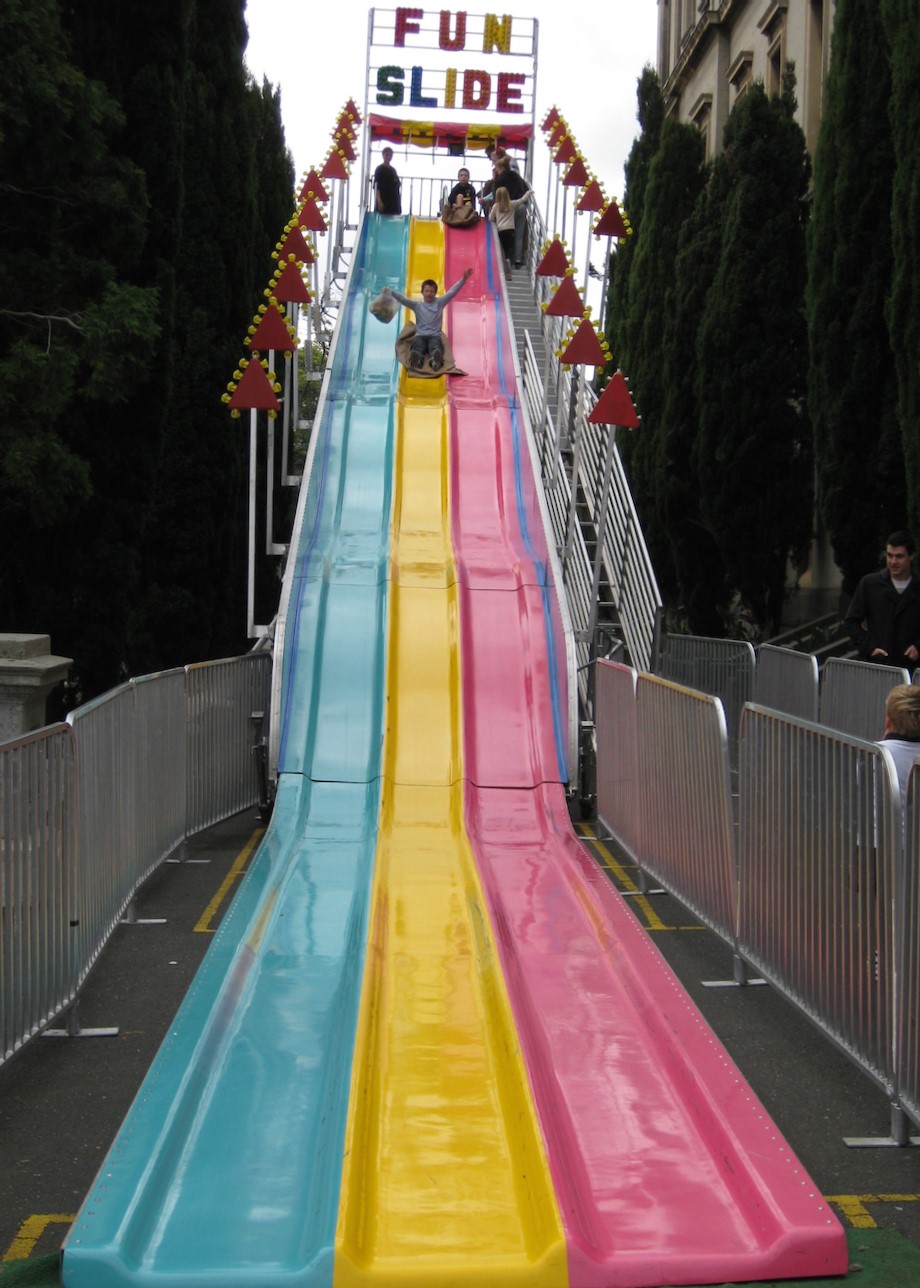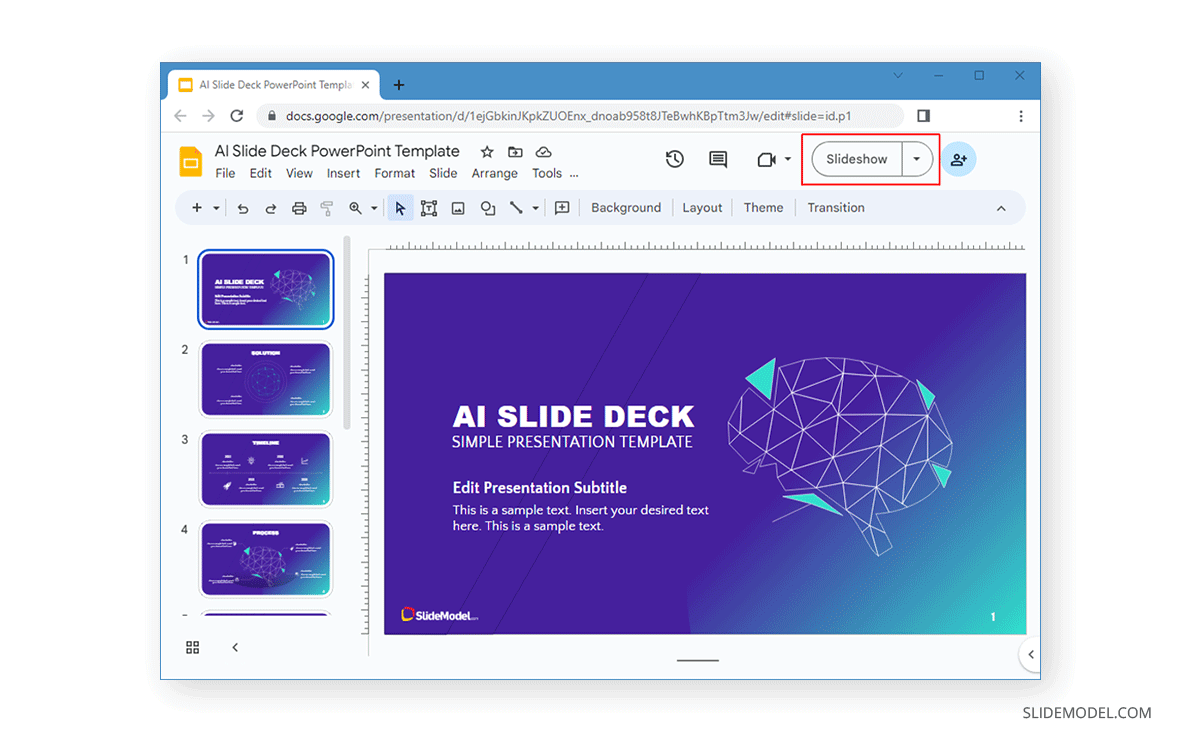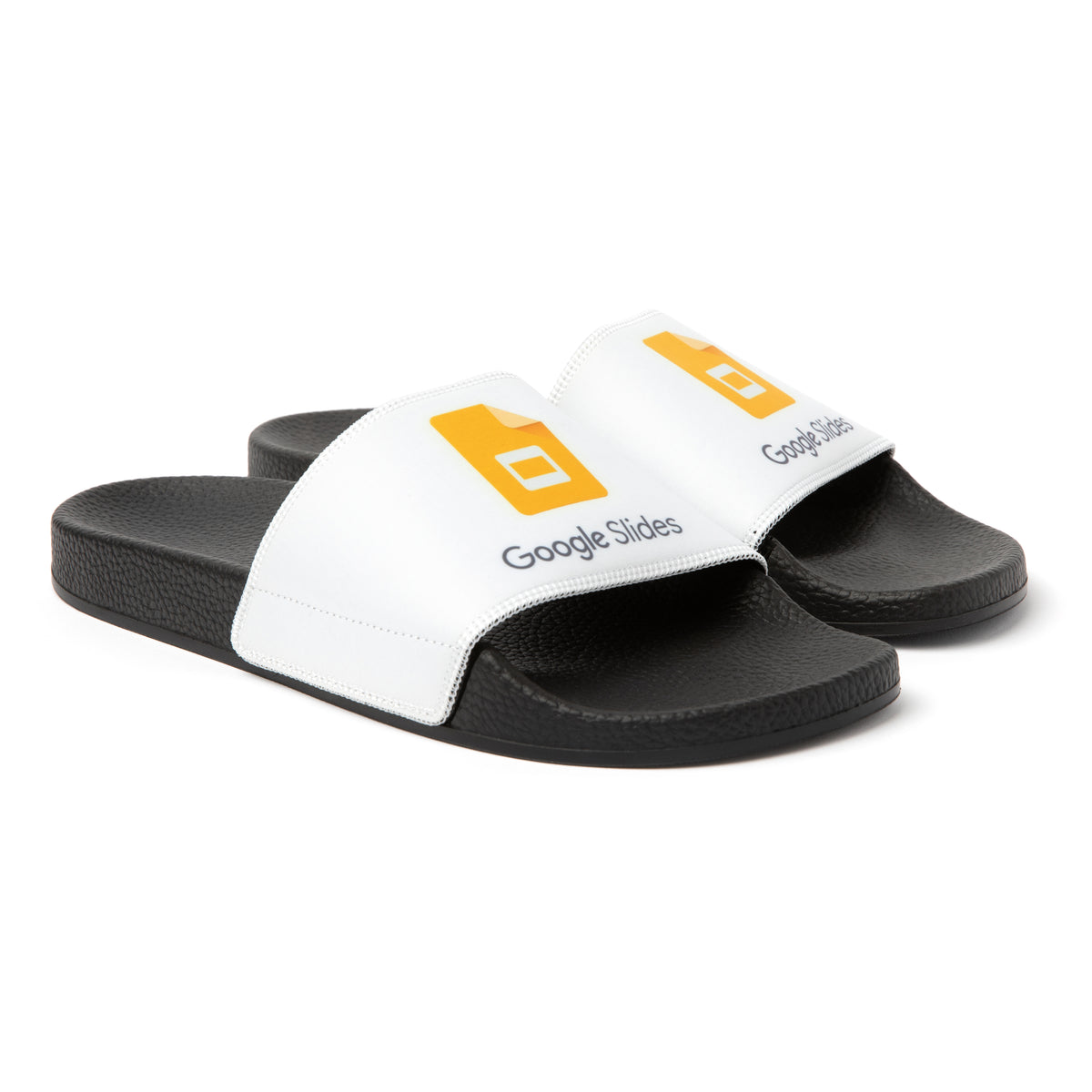Dealing With Slides With Holes: Getting Great Scans From Your Old Memories
Have you ever tried to bring old family memories back to life, only to find the process a bit frustrating? Like, you know, when you pull out those boxes of ancient 35mm slides, full of moments from decades past, and then you try to scan them? It’s a common story, actually. Many folks, myself included, have gone through this, thinking it would be a simple task, only to be met with unexpected challenges. This often leads to what we might call 'slides with holes' – not just literal damage, but also those frustrating gaps in quality or clarity that make your digital images look less than ideal.
Just recently, for example, my son and I had a go at scanning a whole pile of old 35mm slides using an Epson V600. We were, well, pretty disappointed with what we got back. The scanner, it says, can do a resolution up to 6400. Yet, the results felt like they had holes in them, like something was missing, or maybe just a lot of dirt and dust made it look that way. It’s a real letdown when you’re trying to preserve precious moments, and the technology doesn't quite live up to its promise, or maybe we just weren't doing it right, you know?
This experience, and talking with others, really highlights a common issue: how do you deal with those old slides that seem to have issues, whether it's actual damage, dirt, or just poor quality from the start? It's not just about the scanner's numbers; it’s about getting a clear, vibrant image. This article is all about tackling those 'slides with holes' – whether they are literal gaps, dust spots, or just blurry memories – and helping you get the best possible digital copies of your cherished photographs, in a way that feels less like a chore and more like a discovery.
Table of Contents
- Understanding "Slides with Holes"
- Getting Ready for Scanning: Preparation is Key
- Choosing the Right Scanner and Settings
- Dealing with Damage and Imperfections
- Beyond the Scan: What Next?
- Conclusion
- Frequently Asked Questions
Understanding "Slides with Holes"
What Are We Talking About?
When we talk about "slides with holes," it can mean a few things, actually. Most often, in the context of old photos, it points to issues you see when scanning 35mm slides. These could be literal physical holes, like tears or punctures in the film, or they might be spots where dirt, dust, or mold have settled, creating dark patches that look like holes in your digital image. It's a bit like trying to look through a dusty window, you know?
Interestingly, the word "slides" also pops up in other areas, like with firearms. For instance, Smith and Ruger are major players in making parts like slides and frames for guns here in the States. You might wonder if manufacturers get their slides and frames from just one or two of these big companies. Some months ago, while catching up on some 1911 information, I came across a picture of what were supposedly a raw forged slide and a raw forged frame from Springfield Armory. This shows how the word "slide" has different meanings, but for our purpose here, we're really focusing on those photographic slides that hold our memories.
The Different Kinds of "Holes"
So, when your old slides seem to have "holes," what exactly are we seeing? Well, it could be dust specks, which are very common, or maybe tiny scratches that show up as lines. Sometimes, it's mold or mildew that has grown on the film over time, creating splotches. Physical damage, like a small tear or a crease, can also appear as a "hole" in your scanned image. What we know is, old slides, especially those from the 1960s, can get very dirty over the years, and that dirt shows up as dark spots, looking a lot like little holes. It's almost as if time itself has poked tiny holes in your memories, so.
Getting Ready for Scanning: Preparation is Key
Cleaning Your Old Slides
One of the most important steps, perhaps the most important, before you even think about scanning, is cleaning your slides. I have some old slides from the 1960s, for instance, that are very, very dirty. If you try to scan them as they are, all that grime will just become part of your digital image, looking like those frustrating "holes." So, what's the best way to clean them before scanning?
- Use a soft, anti-static brush: This is great for gently removing loose dust and lint. You just brush lightly across the surface.
- Compressed air: A quick burst of air can dislodge stubborn dust particles. Make sure it's photographic-grade air, not just any old can, as some can leave residue.
- Microfiber cloth: For smudges or fingerprints, a clean, soft microfiber cloth, slightly damp with a specialized film cleaner, can work wonders. Be very gentle, though, as you don't want to scratch the emulsion.
- Specialized film cleaner: There are solutions made specifically for cleaning film. Apply a tiny bit to a cloth, not directly to the slide, and wipe carefully.
It's a bit of a delicate process, honestly, but taking the time to clean them properly can make a huge difference in the final scan quality. You'd be surprised how much better they look without all that built-up dirt, you know?
Handling Your Slides with Care
When you're dealing with old slides, they can be quite fragile. You really want to handle them by the edges of the mount, avoiding touching the film itself. The oils from your fingers can leave marks that are hard to remove and will show up as more "holes" in your scans. Always wear clean cotton gloves if you have them; they are a pretty good idea, actually. Also, try to work in a clean, dust-free area to prevent new particles from settling on your freshly cleaned slides. This small step, this careful handling, makes a big impact on keeping your memories clear.
Choosing the Right Scanner and Settings
Flatbed vs. Dedicated Scanners
When it comes to scanning 35mm slides, there are a number of options. I know from my research here and at other sites that there are dedicated drum/film scanners, flatbed scanners, and even digital SLR setups. My son and I used an Epson V600, which is a flatbed scanner, and while it claims a high resolution, the results were not quite what we hoped for. Flatbed scanners are versatile, sure, but they might not always give you the sharpest detail for tiny slides.
Dedicated film scanners, like the Nikon Coolscan 5000, are often praised for their superior quality when it comes to film. They are designed specifically for this task, focusing light and capturing detail in a way flatbeds sometimes struggle with. However, they can be more expensive and sometimes a bit trickier to use, especially for a first-timer. For instance, if you are using a scanner like the Nikon Coolscan 5000 for the first time, you might not know whether the emulsion side is up or down, which can affect your scan quality, too it's almost.
Making Sense of Resolution
The resolution number on a scanner, like the 6400 dpi our Epson V600 claims, can be a bit misleading. While it sounds impressive, the actual usable resolution might be lower, especially for film. Higher resolution means the scanner is capturing more data points, which theoretically means more detail and fewer "holes" in your image. But, if the original slide is blurry or the scanner's optics aren't top-notch, that high number won't magically create detail that isn't there. It's more about the quality of the scan at a reasonable resolution than just chasing the highest number, you know?
Scanner Settings and Emulsion
Getting your scanner settings right is pretty important for good results. This includes things like exposure, color correction, and even knowing which side of the slide is up. For instance, when using a scanner like the Nikon Coolscan 5000 for the first time, I am using this scanner for the first time and don't know whether the emulsion side should be up. The emulsion side is the duller, less shiny side of the film, and it's where the image information is stored. Scanning with the wrong side up can lead to slightly blurry or less sharp images, creating another kind of "hole" in your picture quality.
Many scanners also have dust and scratch removal features built into their software, often using infrared light. This can be incredibly helpful for automatically fixing those tiny "holes" caused by dust particles. It’s definitely worth exploring these features in your scanner's software, as they can save you a lot of time in post-processing. Sometimes, these tools work wonders, actually, just a little bit of help.
Dealing with Damage and Imperfections
Software Solutions for "Holes"
Even with the best cleaning and scanning techniques, you might still find some "holes" or imperfections in your digitized slides. This is where image editing software comes in handy. Programs like Adobe Photoshop or GIMP have tools specifically designed for retouching photos. You can use spot healing brushes to remove dust spots, clone stamps to fill in small tears, or even adjust colors and contrast to bring out details that were hidden.
It takes a bit of practice, sure, but learning these basic editing skills can truly transform your old scans. You can turn a faded, spotted image into something vibrant and clear, making those memories pop. It’s a bit like digital magic, honestly, turning something old and tired into something new and fresh, you know?
When Physical Damage is the Issue
Sometimes, the "holes" are more than just dust; they are actual physical damage to the film, like cracks or missing pieces. In the context of other "slides," like those for firearms, we know that slides prior to the hard slide tend to crack, which is why we advise not to shoot valuable pistols. For photographic slides, a crack can appear as a sharp line across your image. If the damage is severe, software can only do so much. For very valuable or historically important slides with significant physical damage, professional restoration services might be the best option. They have specialized tools and techniques to repair and enhance severely damaged film, bringing back details that seem lost.
For less severe damage, careful digital restoration is possible. You might need to manually "paint" in missing areas using surrounding pixels or blend different parts of the image. It’s a painstaking process, but for truly cherished memories, it can be very rewarding. It’s about patience, really, and a little bit of artistic touch, too.
Beyond the Scan: What Next?
Once you've got your beautiful, "hole-free" digital slides, what's next? Well, you can share them with family and friends, create digital photo albums, or even print new copies. It’s a wonderful way to keep those memories alive and share them with younger generations who might never have seen a physical slide. You could even make a slideshow video with music, creating a whole new experience from those old images.
Consider backing up your digital files in multiple places – on an external hard drive, in cloud storage, or both. This protects your newly digitized memories from loss. After all the effort you put into scanning and restoring them, you wouldn't want to lose them again. It’s a small step that provides a lot of peace of mind, really, knowing your precious photos are safe.
Learn more about photo preservation on our site, and link to this page here for more tips on digital archiving. For additional insights into handling delicate film, you might find useful information on film preservation techniques from a reputable source like the Library of Congress, which offers guidance on caring for photographic materials.
Conclusion
Dealing with "slides with holes" can feel like a big challenge, whether those holes are dust, scratches, or even perceived gaps in quality from a less-than-perfect scan. As we've seen, it's a common experience, like the one my son and I had with our Epson V600, where the promised resolution didn't quite translate to the clear images we hoped for. But with the right approach, from careful cleaning of those old 1960s slides to choosing the right scanner settings and even using a bit of digital magic, you can bring those precious memories back to life, looking better than ever.
It’s about patience, a little bit of knowledge, and a willingness to try. Every step, from understanding the emulsion side on a Nikon Coolscan 5000 to knowing how to clean dirty film, contributes to a better outcome. So, don't let those "holes" deter you. Your old slides hold incredible stories, and with a bit of effort, you can make sure those stories are preserved and enjoyed for years to come. It’s a rewarding project, truly, bringing history back to life, you know?
Frequently Asked Questions
Q: What is the best way to clean old 35mm slides before scanning?
A: The best way to clean old slides involves using a soft, anti-static brush or compressed air for loose dust. For smudges, a clean microfiber cloth slightly dampened with a specialized film cleaner works well. Always handle slides by the edges and consider wearing cotton gloves to avoid fingerprints, too it's almost.
Q: Can a flatbed scanner like the Epson V600 really get good results for old 35mm slides?
A: While flatbed scanners like the Epson V600 claim high resolutions, their actual performance for tiny 35mm slides can sometimes be disappointing, as my son and I found. Dedicated film scanners often provide better detail and sharpness for film, but with careful cleaning and proper settings, a flatbed can still produce decent results for many home users, you know?
Q: How do I know which side of the slide is the emulsion side when scanning?
A: The emulsion side of a slide is usually the duller, less shiny side, which is where the image information is actually held. Scanning with the correct side up is important for optimal sharpness and clarity. If you're using a scanner for the first time, like a Nikon Coolscan 5000, you might need to check your scanner's manual or do a quick test scan to confirm the right orientation, honestly.

Carnival Slides

How to Make Google Slides Play Automatically

Google Slides Slide Sandals | Deco Slides